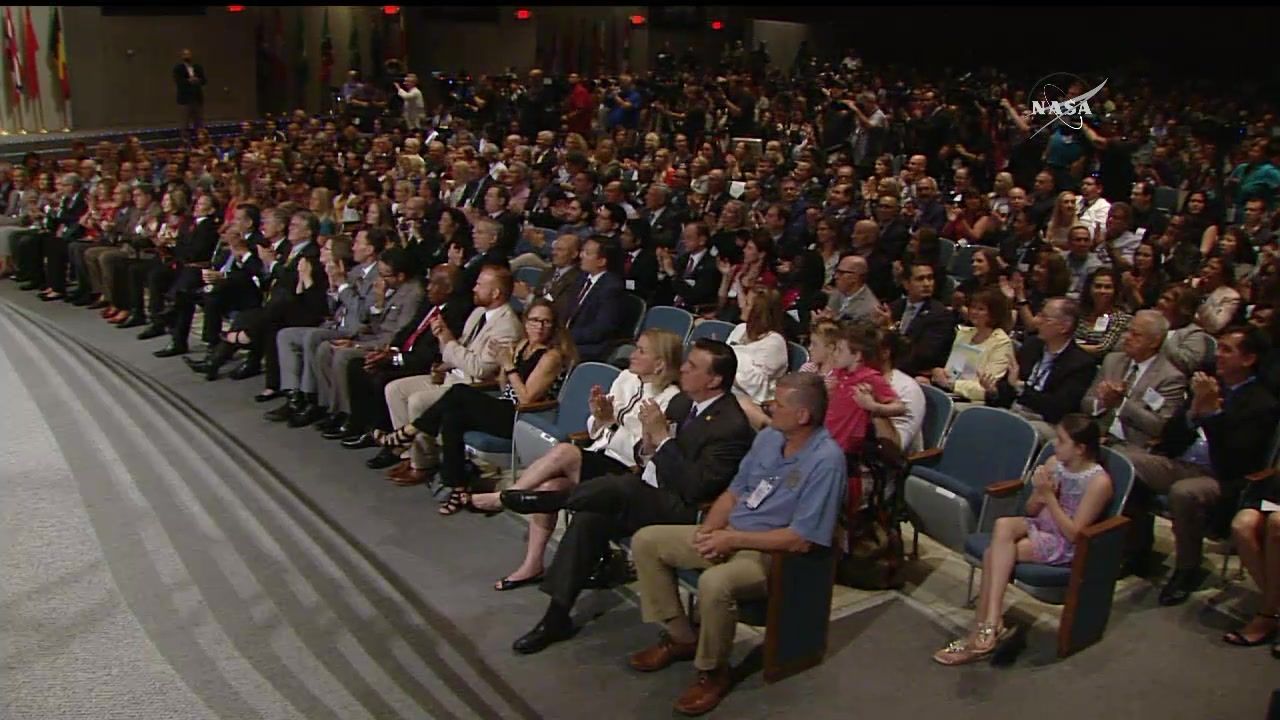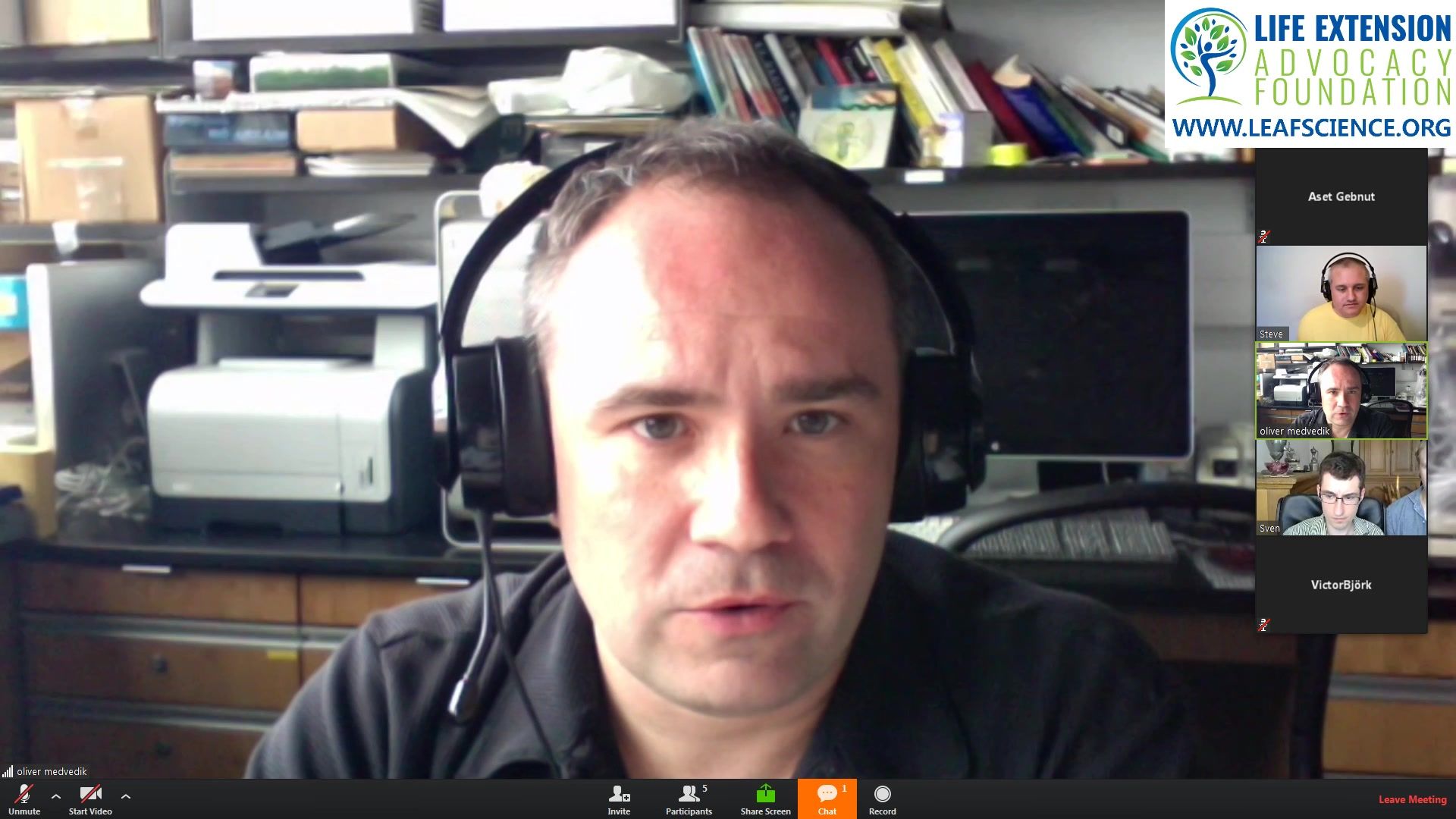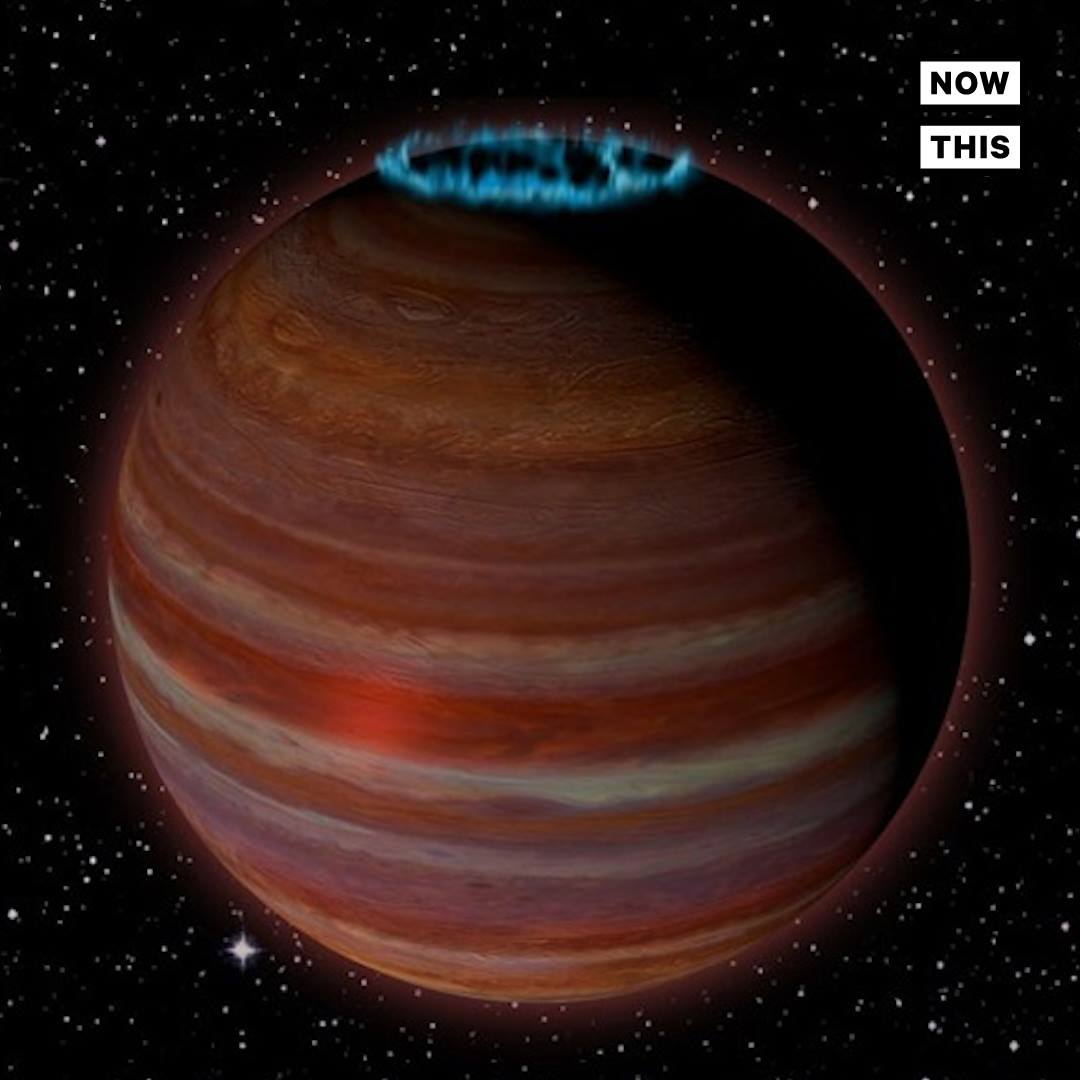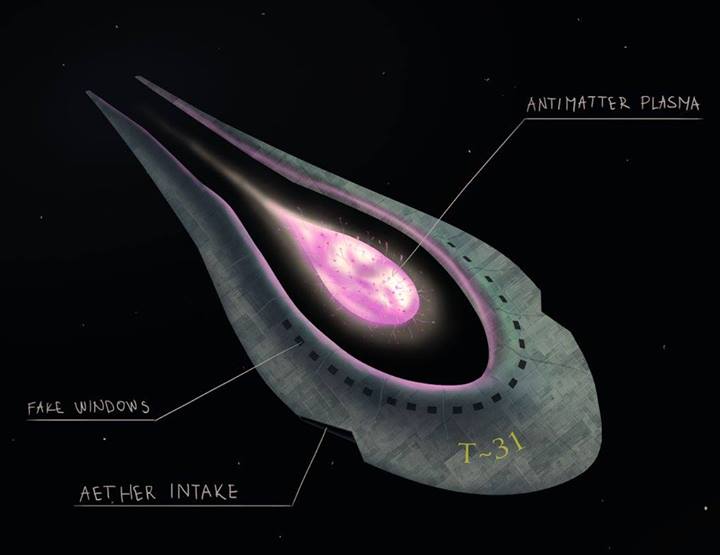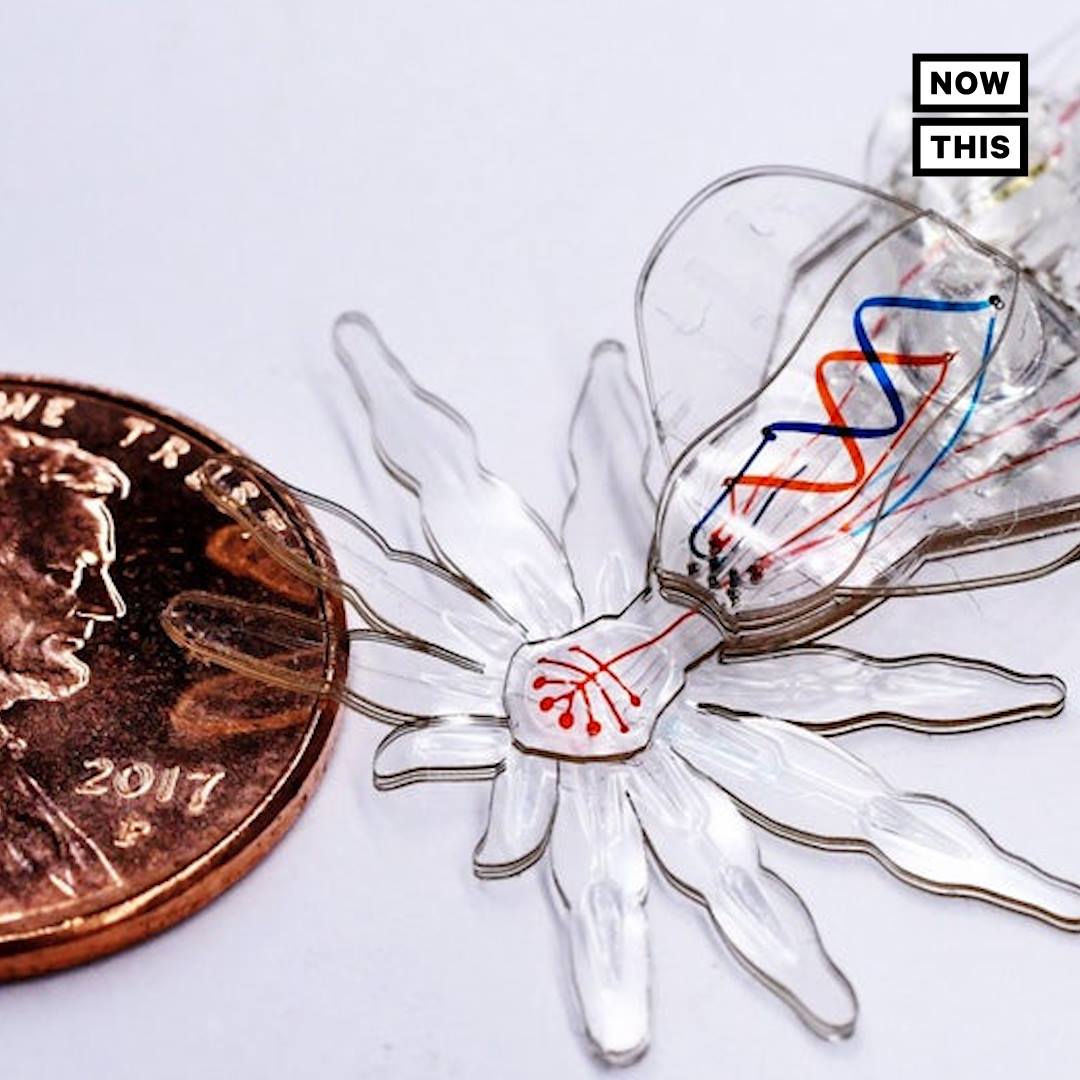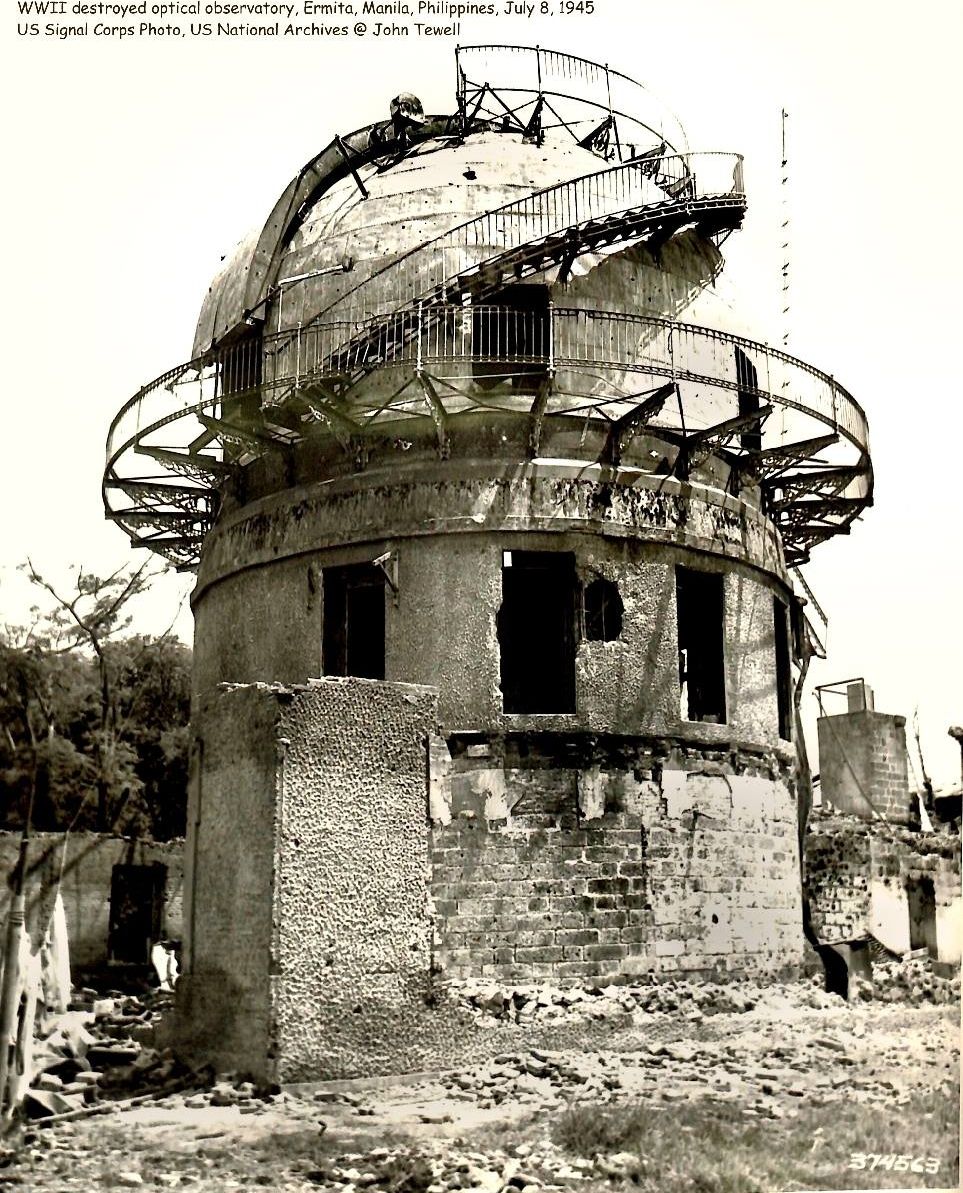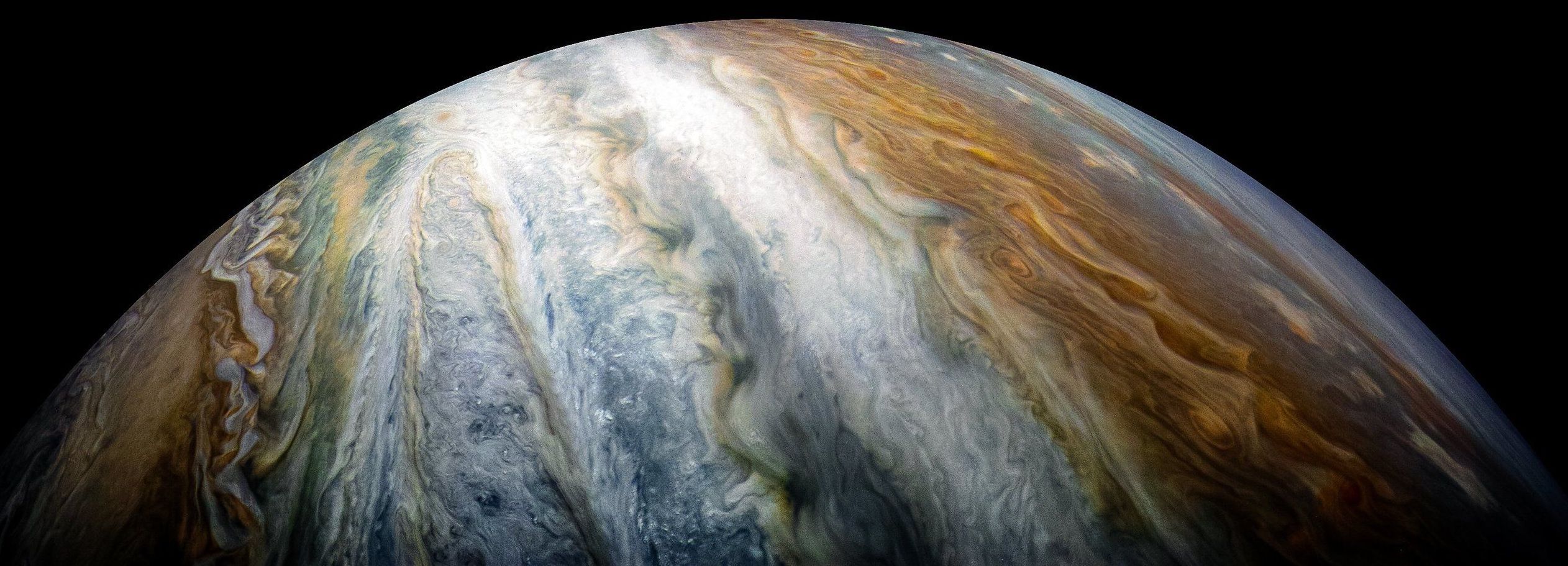
Here on Earth, electromagnetic waves around the planet are typically pretty calm. When the Sun fires a burst of charged particles at the Earth we are treated to an aurora (often called Northern Lights), but rarely are they a cause for concern. If you were to head to Jupiter, however, things would change dramatically.
In a new study published in Nature Communications, researchers describe the incredible electromagnetic field structure around two of Jupiter’s moons: Europa and Ganymede. The invisible magnetic fields around these bodies is being powered by Jupiter’s own magnetic field, and the result is an ultra-powerful particle accelerator of sorts, which might be capable of seriously damaging or even destroying a spacecraft.
“Chorus waves” are low-frequency electromagnetic waves that occur naturally around planets, including Earth. Near our planet they’re mostly harmless, but they do have the capability to produce extremely fast-moving “killer” particles that could cause damage to manmade technology if we happened to be in the wrong place at the wrong time.
Read more
